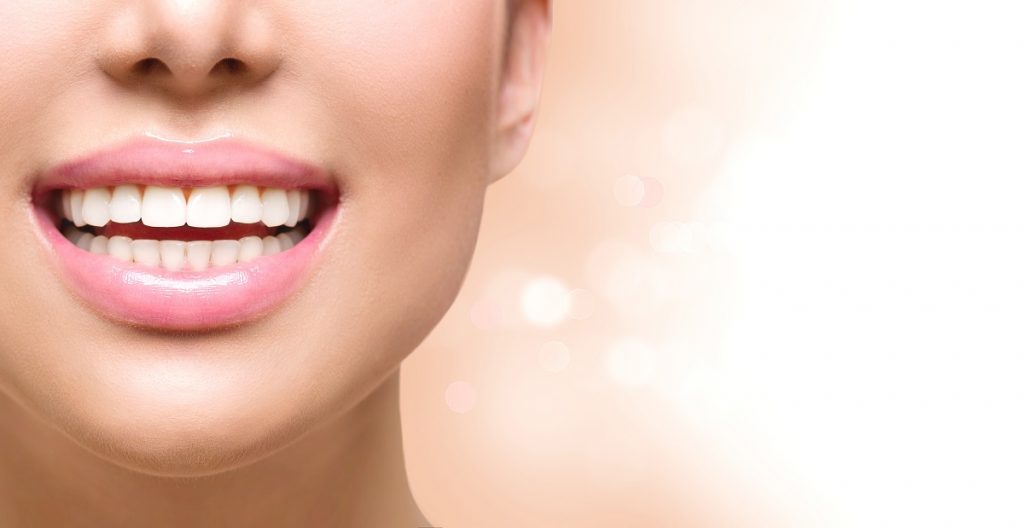Are you taking the plunge to have your teeth straightened? If you are considering braces, there are some important things that you should know. It might seem like a daunting experience to undergo, but with the right information and professional advice, you can, in about 18 months to two years down the line, walk through life with a dazzling smile.
The best time to have braces fitted
Your teeth might be in good health, but your self-esteem might suffer as the result of the thoughtless negative judgements cast from others as a result of their crookedness.
Adolescents whose teeth and jaw have properly formed are the most likely candidates for braces. Your dentists will know what to look out for at the first sign of misaligned teeth and will likely advise braces sooner rather than later.
However, that does not mean it is too late for you if you are already an adult. Teeth straightening aids do not come with an age limit, and people should not be put off by their appearance, even if they are professionals — the way the look is substantially outweighed by the effect they have on your teeth down the line. If you have struggled with confidence issues in the past because of your teeth, you can now change that.
It is not only about achieving straight teeth

Your orthodontist will have questions and concerns about your overall oral health. During your initial consultation, a review is conducted to determine whether there are other problems at stake, for example bleeding gums or loose teeth that need to be fixed beforehand.
Correcting misaligned teeth might be the primary purpose of straightening aids, but they also fix your overbite if you have one. A healthy bite occurs when you open and close your mouth, and the upper and lower sections meet, while an overbite, also known as a malocclusion, occurs when the upper teeth protrude over the lower. Having one can cause you to grind your teeth and clench your jaw, and in turn, you are likely to experience TMJD (temporomandibular joint dysfunction), which results in intense regular headaches stemming from the jaw, speech impediments and problems with eating.
Do’s and don’ts
Do not ignore signs of intense pain, especially if its pain originates from the wires. Do not believe what everyone says, braces are not meant to hurt that much; you might experience discomfort when you have them fitted initially, and then when the orthodontist adjusts them every few months, but nothing worse than that.
Do follow the lists of foods and drinks you can and cannot consume. Avoid apples, toffee and other chewy and hard food items can break your braces or get stuck in the gaps between your wires. Avoid soda drinks, and anything sugary as these can cause tooth decay.
Do brush your teeth, and more frequently than ever, at least two or three times as a day to avoid plaque from building up. Flossing is also equally important. There is a specific way to floss with braces – your orthodontist will show you how to do this.
Invest in your teeth – start your journey of having them straightened today!

